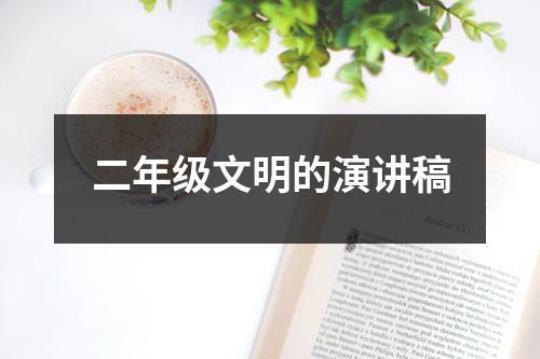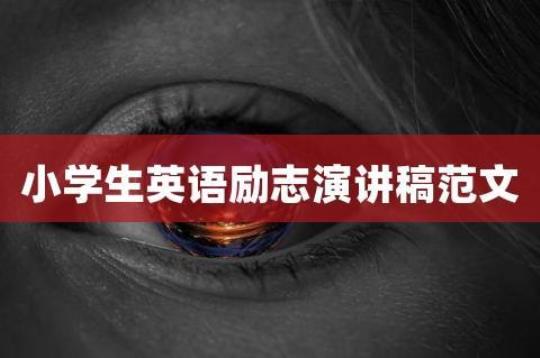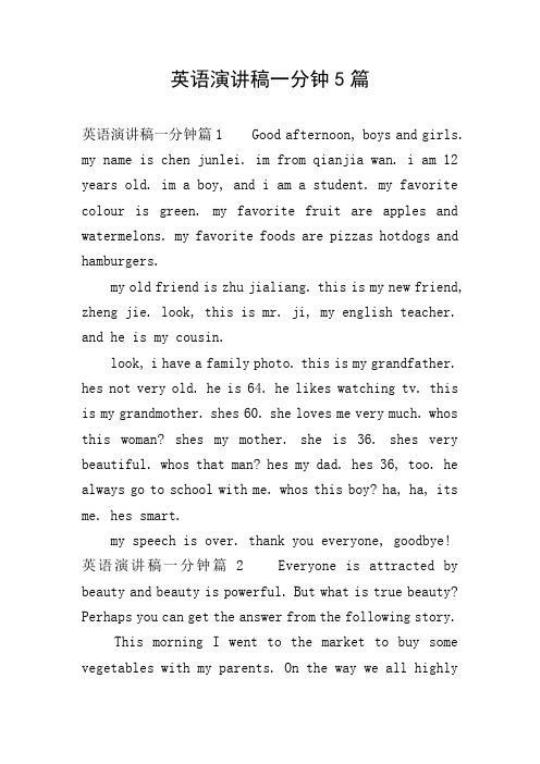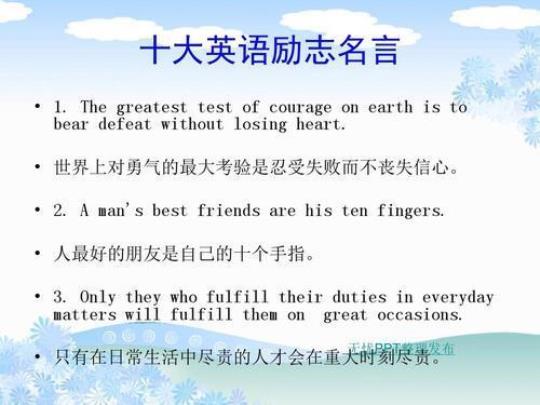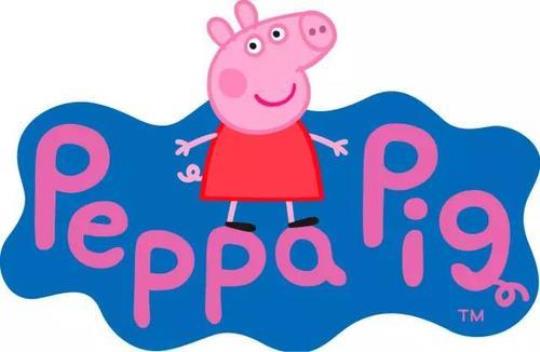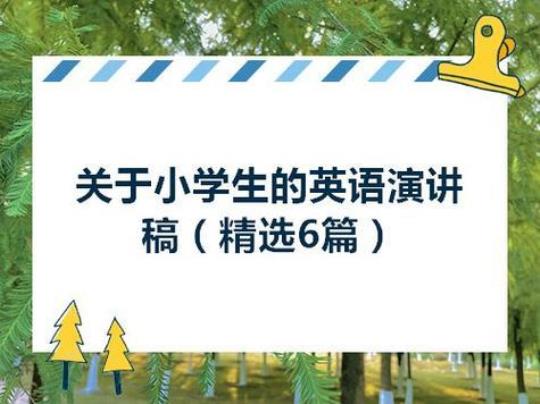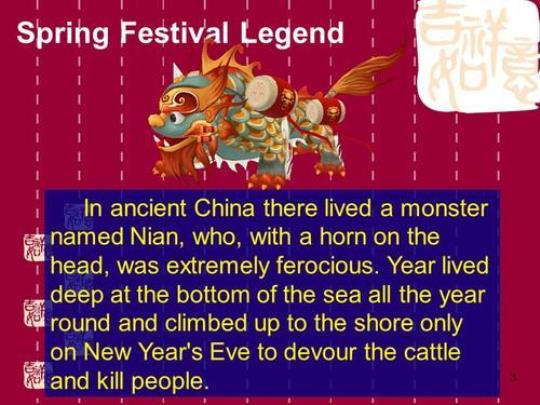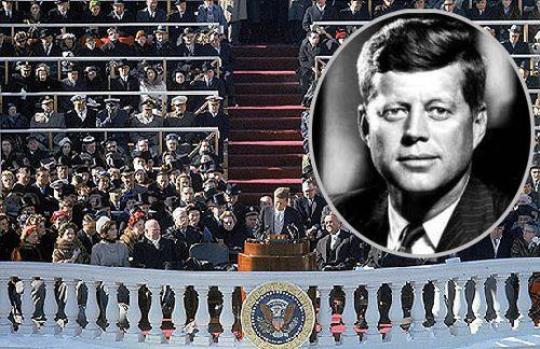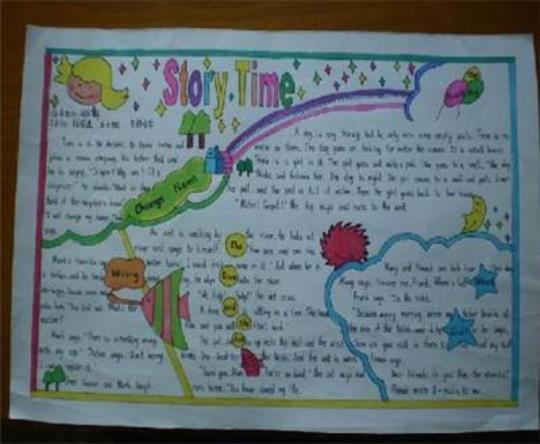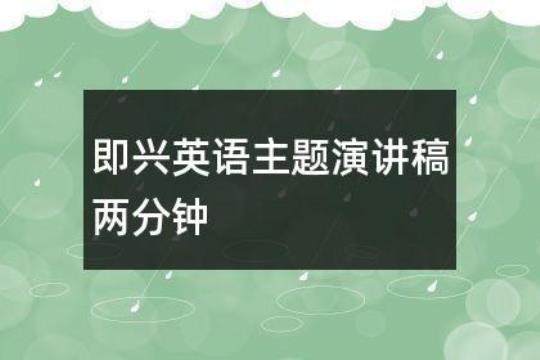TED英语演讲稿:如何让选择更容易
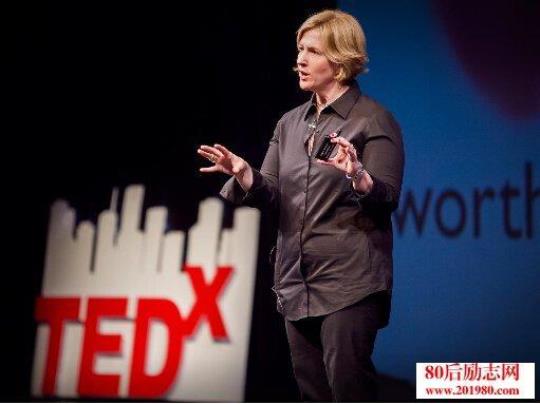
TED英语演讲稿:如何让选择更容易
Well, over the past decade, we have observed three main negative consequences to offering people more and more choices. They're more likely to delay choosing -- procrastinate even when it goes against their best self-interest. They're more likely to make worse choices -- worse financial choices, medical choices. They're more likely to choose things that make them less satisfied, even when they do objectively better. The main reason for this is because, we might enjoy gazing at those giant walls of mayonnaises, mustards, vinegars, jams, but we can't actually do the math of comparing and contrasting and actually picking from that stunning display. So what I want to propose to you today are four simple techniques -- techniques that we have tested in one way or another in different research venues -- that you can easily apply in your businesses.
The first: Cut. You've heard it said before, but it's never been more true than today, that less is more. People are always upset when I say, "Cut." They're always worried they're going to lose shelf space. But in fact, what we're seeing more and more is that if you are willing to cut, get rid of those extraneous redundant options, well there's an increase in sales, there's a lowering of costs, there is an improvement of the choosing experience. When Proctor & Gamble went from 26 different kinds of Head & Shoulders to 15, they saw an increase in sales by 10 percent. When the Golden Cat Corporation got rid of their 10 worst-selling cat litter products, they saw an increase in profits by 87 percent -- a function of both increase in sales and lowering of costs. You know, the average grocery store today offers you 45,000 products. The typical Walmart today offers you 100,000 products. But the ninth largest retailer, the ninth biggest retailer in the world today is Aldi, and it offers you only 1,400 products -- one kind of canned tomato sauce.
Now in the financial savings world, I think one of the best examples that has recently come out on how to best manage the choice offerings has actually been something that David Laibson was heavily involved in designing, which was the program that they have at Harvard. Every single Harvard employee is now automatically enrolled in a lifecycle fund. For those people who actually want to choose, they're given 20 funds, not 300 or more funds. You know, often, people say, "I don't know how to cut. They're all important choices." And the first thing I do is I ask the employees, "Tell me how these choices are different from one another. And if your employees can't tell them apart, neither can your consumers."
Now before we started our session this afternoon, I had a chat with Gary. And Gary said that he would be willing to offer people in this audience an all-expenses-paid free vacation to the most beautiful road in the world. Here's a description of the road. And I'd like you to read it. And now I'll give you a few seconds to read it and then I want you to clap your hands if you're ready to take Gary up on his offer. (Light clapping) Okay. Anybody who's ready to take him up on his offer. Is that all? All right, let me show you some more about this. (Laughter) You guys knew there was a trick, didn't you. (Honk) Now who's ready to go on this trip. (Applause) (Laughter) I think I might have actually heard more hands.
All right. Now in fact, you had objectively more information the first time around than the second time around, but I would venture to guess that you felt that it was more real the second time around. Because the pictures made it feel more real to you. Which brings me to the second technique for handling the choice overload problem, which is concretization. That in order for people to understand the differences between the choices, they have to be able to understand the consequences associated with each choice, and that the consequences need to be felt in a vivid sort of way, in a very concrete way. Why do people spend an average of 15 to 30 percent more when they use an ATM card or a credit card as opposed to cash? Because it doesn't feel like real money. And it turns out that making it feel more concrete can actually be a very positive tool to use in getting people to save more.
So a study that I did with Shlomo Benartzi and Alessandro Previtero, we did a study with people at ING -- employees that are all working at ING -- and now these people were all in a session where they're doing enrollment for their 401(k) plan. And during that session, we kept the session exactly the way it used to be, but we added one little thing. The one little thing we added was we asked people to just think about all the positive things that would happen in your life if you saved more. By doing that simple thing, there was an increase in enrollment by 20 percent and there was an increase in the amount of people willing to save or the amount that they were willing to put down into their savings account by four percent.
下载文档* 声明:资源收集自网络或用户分享,版权归原作者所有。
